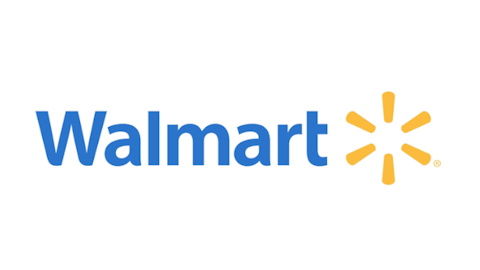Last fall, two major U.S. retailers, Best Buy Co., Inc. (NYSE:BBY) and Target Corporation (NYSE:TGT), announced plans to match competitors’ prices on many items during the holiday season. These price-matching policies were unusual in that they applied to online competitors such as Amazon.com, Inc. (NASDAQ:AMZN), not just other bricks-and-mortar retailers. As such, these price-matching campaigns were clearly aimed to combat the “showrooming effect”: when shoppers research high-priced items at stores like Best Buy and Target Corporation (NYSE:TGT) and then go online to find the best deal.

I was very skeptical of these claims at the time. As I have pointed out on numerous occasions, Best Buy and Target Corporation (NYSE:TGT) have cost structures that are in the same ballpark as Amazon. Amazon.com, Inc. (NASDAQ:AMZN)’s key advantages in underpricing these companies to date have been: 1) not collecting sales tax; and 2) accepting a significantly lower profit margin. The early results from price-matching show that the strategy has worked, particularly for Best Buy Co., Inc. (NYSE:BBY). In fact, price-matching was so successful over the holiday season that both Target and Best Buy have announced in recent months that they will match prices year-round.
Best Buy: A case study
Price-matching is probably more important to Best Buy than to Target. While Target Corporation (NYSE:TGT) has lost some momentum due to online competition, it has continued to grow revenue and earnings, whereas many investors have placed Best Buy on “death watch.” Coming into the holiday quarter, Best Buy had seen comparable-store sales decline in nine of the previous 10 quarters. Clearly, something had to be done.
In its study last year, InvisibleHand projected that matching prices could boost revenue by $537 million over the prior-year quarter, but that gross profit would drop by $400 million. This implies that InvisibleHand expected Best Buy Co., Inc. (NYSE:BBY)’s domestic gross margin to drop by as much as 4% during the quarter.
In reality, the impact on both the top and bottom lines was much more limited. Price-matching helped offset the impact of declining categories (such as physical CDs and DVDs) by increasing or maintaining Best Buy’s market share in stronger categories. Overall, Best Buy’s domestic comparable-store sales increased by 0.9% for the quarter. Meanwhile, the effect on gross margin was negligible. In the U.S., Best Buy’s adjusted gross margin declined just 10 basis points year over year, to 22.4%. Even if we exclude a profit-sharing payment that Best Buy received during the quarter, gross margin declined by only 40 basis points. The impact was thus (at most) 10% of the 400-basis-point drop expected by InvisibleHand.





